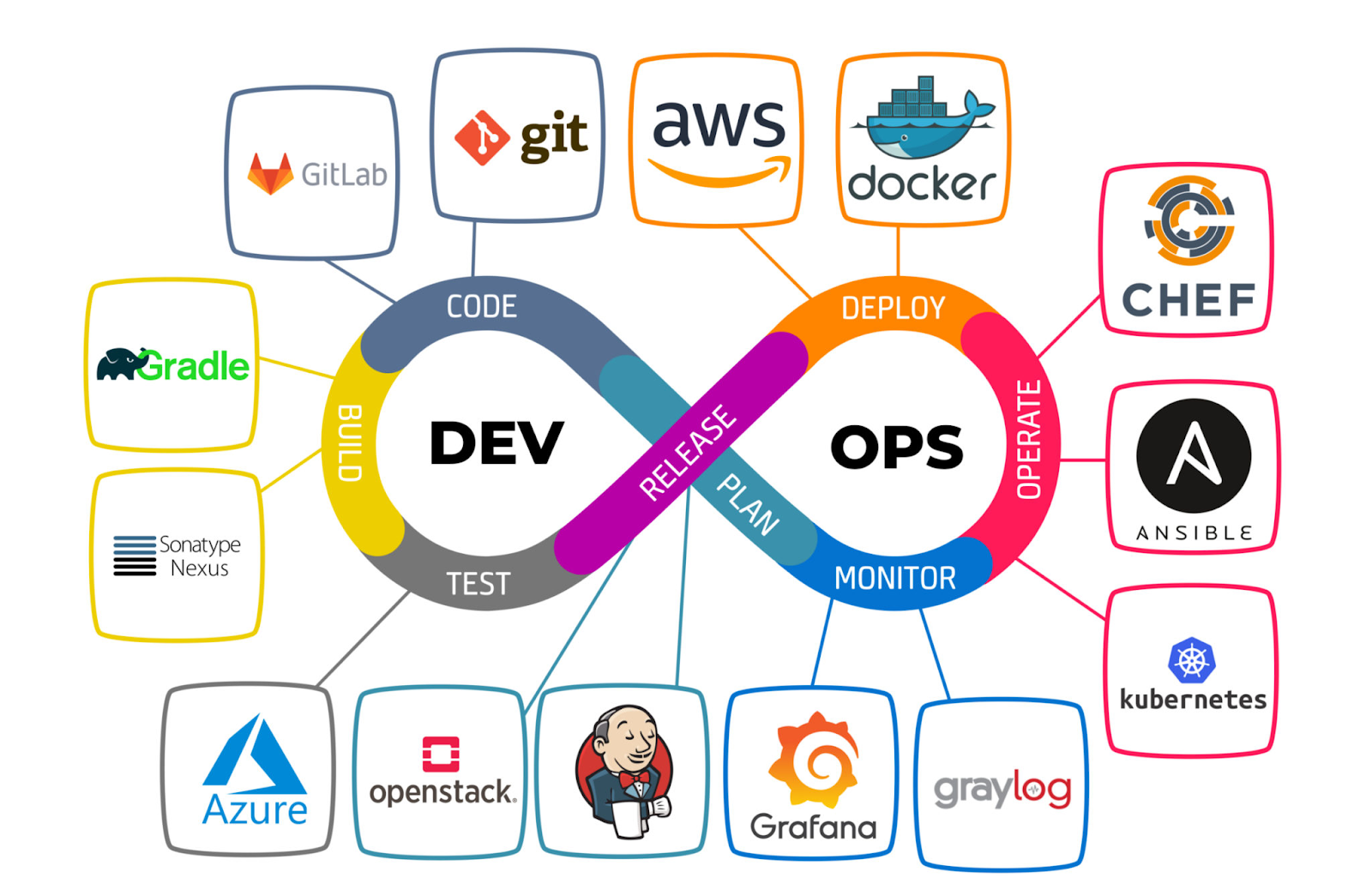Redis Server Installation and Operations
 |
Redis is an in-memory key-value store known for its flexibility, performance, and wide language support.
Redis (for REmote DIctionary Server)is an open source, in-memory, NoSQL key/value store that is used primarily as an application cache or quick-response database.
Because it stores data in memory, rather than on a disk or solid-state drive (SSD), Redis delivers unparalleled speed, reliability, and performance.
Installation steps:
1) Update the repository.
root@docker:~# apt-get update
2) Install redis server.
root@docker:~# apt-get install redis-server
3) Update /etc/redis/redis.conf - supervised to enable redis service to start on boot.
# supervised no - no supervision interaction
# supervised upstart - signal upstart by putting Redis into SIGSTOP mode
# supervised systemd - signal systemd by writing READY=1 to $NOTIFY_SOCKET
# supervised auto - detect upstart or systemd method based on
# UPSTART_JOB or NOTIFY_SOCKET environment variables
root@docker:~# cat /etc/redis/redis.conf | grep -v "^#" | grep -i super
supervised systemd
root@docker:~#
4) Start the redis service and enable the service.
root@docker:~# systemctl status redis.service
root@docker:/# systemctl enable redis-server.service
Synchronizing state of redis-server.service with SysV service script with /lib/systemd/systemd-sysv-install.
Executing: /lib/systemd/systemd-sysv-install enable redis-server
Created symlink /etc/systemd/system/redis.service → /lib/systemd/system/redis-server.service.
root@docker:/#
root@docker:/# systemctl status redis-server.service
● redis-server.service - Advanced key-value store
Loaded: loaded (/lib/systemd/system/redis-server.service; linked; vendor preset: enabled)
Active: active (running) since Thu 2022-02-10 20:28:23 MST; 2min 10s ago
Docs: http://redis.io/documentation,
man:redis-server(1)
Main PID: 3874 (redis-server)
Tasks: 4 (limit: 2178)
Memory: 2.1M
CGroup: /system.slice/redis-server.service
└─3874 /usr/bin/redis-server 127.0.0.1:6379
Feb 10 20:28:23 docker systemd[1]: Starting Advanced key-value store...
Feb 10 20:28:23 docker systemd[1]: redis-server.service: Can't open PID file /run/redis/redis-server.pid (yet?) after start: Operation not permitted
Feb 10 20:28:23 docker systemd[1]: Started Advanced key-value store.
root@docker:/#
5) To test that Redis is functioning correctly, connect to the server using the command-line client:
root@docker:/# redis-cli
127.0.0.1:6379> ping
PONG
127.0.0.1:6379>
This output confirms that the server connection is still alive.
6) Next, check that you’re able to set keys by running:
127.0.0.1:6379> set name "John"
OK
127.0.0.1:6379> get name
"John"
127.0.0.1:6379>
By default, Redis is only accessible from localhost. Bind redis service to primary IP.
root@docker:/# cat /etc/redis/redis.conf | grep -v "^#" | grep -i bind
bind 192.168.45.128
root@docker:/#
root@docker:/# systemctl restart redis-server.service
root@docker:/# netstat -antp | grep -i 6379
tcp 0 0 192.168.45.128:6379 0.0.0.0:* LISTEN 4012/redis-server 1
root@docker:/#
7) This is an additional step of configuring redis password.
Configuring a Redis password enables one of its two built-in security features — the auth command, which requires clients to authenticate to access the database.
Update "requirepass" with the password in /etc/redis/redis.conf
root@docker:/# cat /etc/redis/redis.conf | grep -v "^#" | grep -i requirepass
requirepass Password12345
root@docker:/#
Restart redis.
root@docker:/# systemctl restart redis.service
root@docker:/# redis-cli -h 192.168.45.128
192.168.45.128:6379> set a 10
(error) NOAUTH Authentication required.
192.168.45.128:6379> auth Password12345
OK
192.168.45.128:6379> set a 10
OK
192.168.45.128:6379>



Comments
Post a Comment